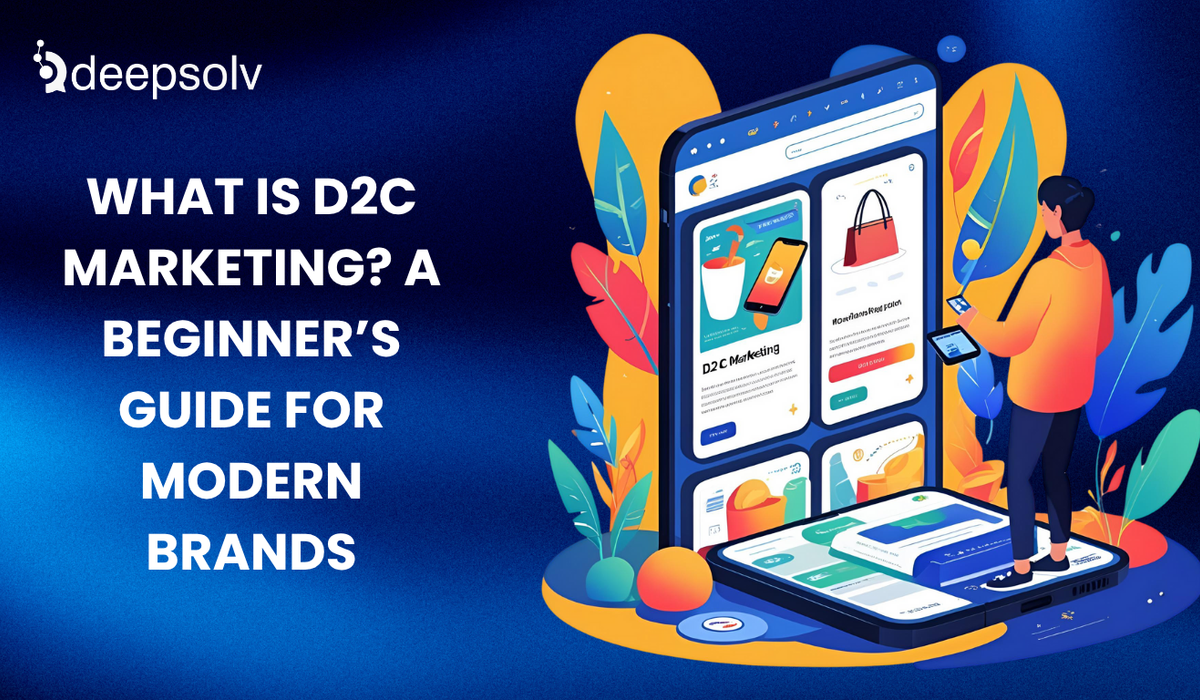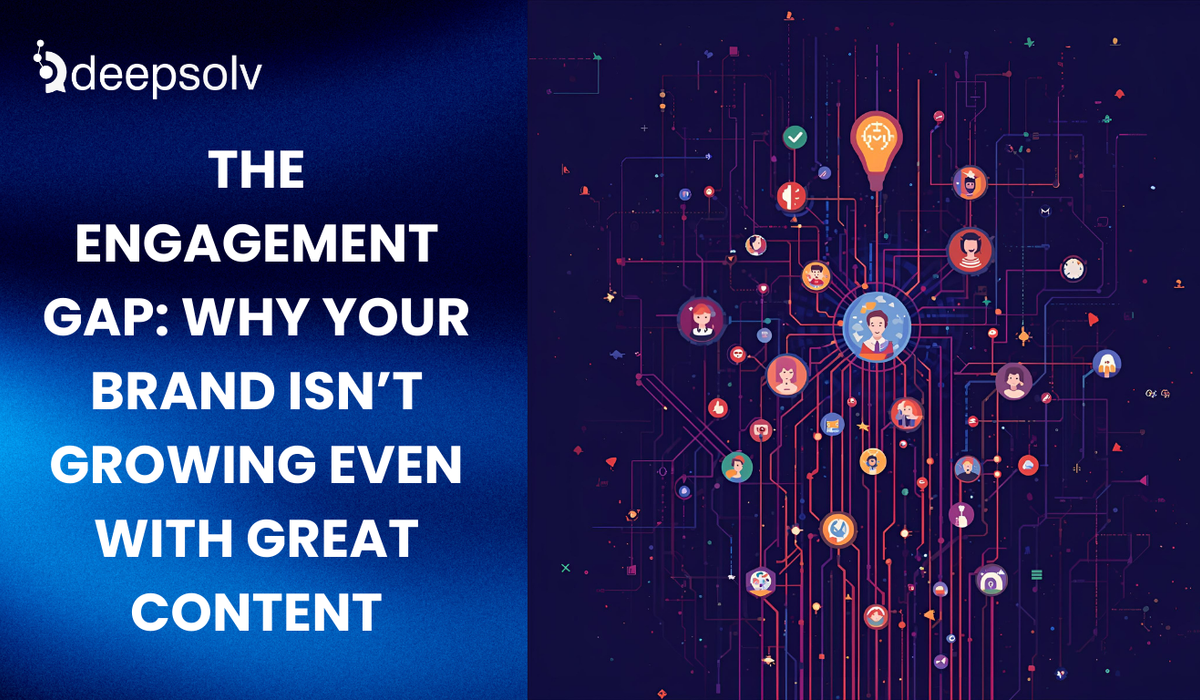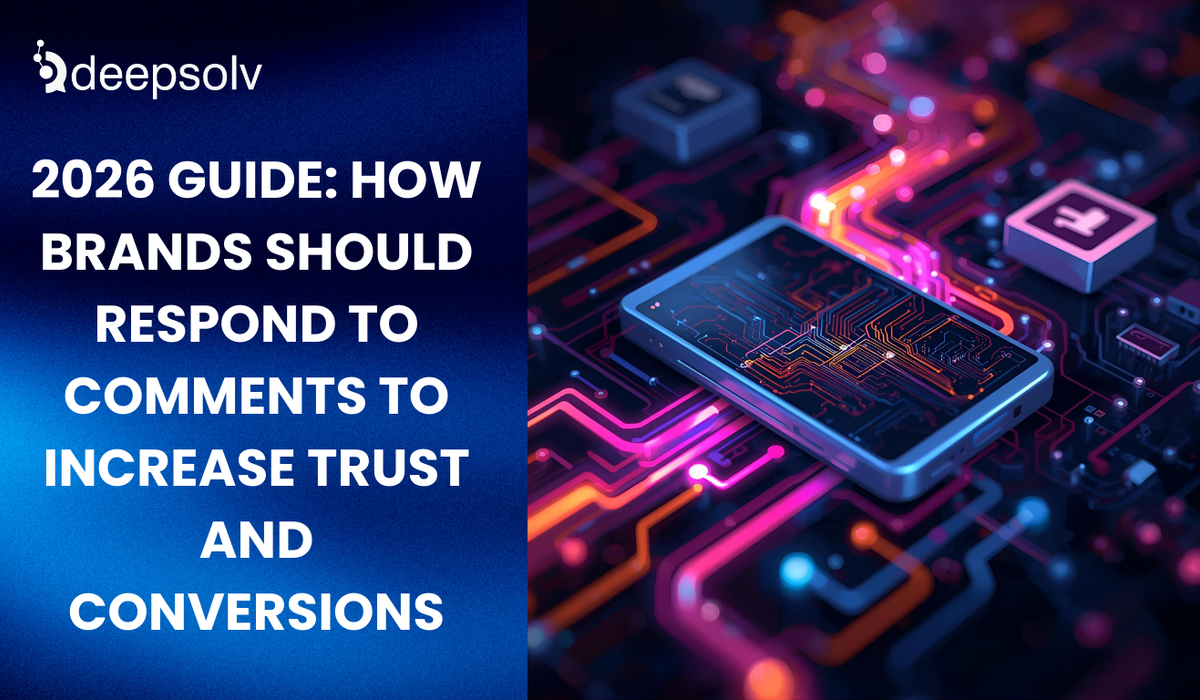What Is D2C Marketing? A Beginner’s Guide for Modern Brands
5 min read
Published: 7/30/2025

Introduction: Why Every Modern Brand Needs to Understand D2C Marketing
Ever noticed how some brands seem to “get” you? They appear in your feed at the right time, speak your language, and make it ridiculously easy to buy with zero middlemen involved. That’s the magic of D2C marketing in action.
If you're a founder, marketer, or creator looking to build a direct relationship with your customers in 2025, understanding what D2C marketing is and how to execute it right is non-negotiable. Unlike traditional retail models, D2C (direct-to-consumer) skips the intermediaries and goes straight from brand to buyer.
In this beginner-friendly guide, we’ll break down:
- What D2C marketing means and how it differs from traditional models
- The benefits and challenges of going D2C
- Channels and strategies D2C brands use in 2025
- Real examples of successful D2C marketing in action
- How platforms like Deepsolv can help D2C brands scale through automation and community building
Let’s get started.
What Is D2C Marketing (and How Is It Different)?
D2C marketing, or direct-to-consumer marketing, refers to the strategies brands use to market and sell their products directly to end customers—without relying on third-party retailers, wholesalers, or marketplaces.
Traditional retail model: You make a product → sell to a distributor → they sell to a store → customers buy it there.
D2C model: You make the product → sell directly to customers through your website, social media, or app.
The D2C movement started in the early 2010s (think Warby Parker or Dollar Shave Club), but in 2025, it has exploded into a dominant business model across fashion, beauty, food, fitness, wellness, and tech.
Why? Because it puts control, profit margin, and customer data back in the hands of the brand.
Why D2C Marketing Works in 2025
Here’s why D2C continues to outperform traditional retail:
1. Higher Profit Margins
You eliminate middlemen and keep the entire sale value, which gives you room to reinvest in customer experience, better products, or content.
2. Total Brand Control
From website design to packaging to customer service, you control how people experience your brand.
3. First-Party Data Access
D2C brands own the customer journey, meaning you get full access to behavioral data, purchase patterns, feedback, and retention insights.
4. Community Building = Loyalty
Modern consumers don’t just want to buy; they want to belong. With D2C, you build a direct relationship with your community, creating brand advocates instead of one-time buyers.
5. Agility and Feedback Loops
You can launch products faster, test marketing angles, and adjust pricing or positioning on the fly. No retailer bottlenecks.
Key Channels for D2C Marketing Success
D2C marketing lives across several platforms, but these are the big three:
1. Instagram & TikTok
D2C brands thrive on visual storytelling, Reels, and influencer collabs. With tools like Deepsolv, brands can automate DMs, manage comments, and retarget engagers without missing a beat.
Also check: How to Increase Visibility on Instagram Using Reels, Hashtags, and AI Tools
2. Your Website / Shopify Store
This is your digital storefront. Every ad, post, or influencer collab should lead here. A great site is fast, mobile-optimized, and conversion-ready.
3. Email & SMS
Still unmatched in ROI. D2C brands use these channels to recover carts, nurture loyalty, and announce product drops.
Real-World Examples of D2C Marketing in Action
1. Beardbrand
This grooming company built its brand by posting educational YouTube videos on beard care. Instead of retail shelves, it funneled loyal viewers directly to its Shopify store.
2. Man Matters
A wellness brand targeting men, Man Matters uses Instagram Reels, influencers, and community-driven UGC to make sensitive topics feel approachable. With fast responses on DMs and comments (powered by tools like DeepSolv), they’ve scaled their following and customer trust.
3. Typology
This minimalist skincare brand uses direct-response Instagram ads, clean landing pages, and personalized quizzes to acquire customers. Their D2C approach emphasizes transparency, education, and repeat purchases.
Challenges D2C Brands Face (and How to Solve Them)
1. Managing High Volume of Comments/DMs If your content goes viral, are you ready to reply to 500+ DMs? Tools like Deepsolv solve this with AI-powered automation that respects your brand tone and drives revenue.
2. Retargeting Past Engagers Most brands forget warm leads. DeepSolv lets you re-engage users who commented last month or asked about a sold-out product—turning curiosity into sales.
3. Building Community at Scale One-way posting doesn’t work. Deepsolv helps brands segment users by intent and engage them conversationally (especially useful during launches or restocks).
Must read: How Smart Brands Are Saving 3x the Cost by Ditching Manual Social Media Management
Getting Started with D2C Marketing
Here’s how to ease into D2C if you’re just starting out:
- Pick 1–2 channels to master (Instagram + website is a great combo)
- Build your customer journey from post to purchase to retention
- Set up community infrastructure (comment management, DM response, etc.)
- Test 1 product or service with high visual appeal or emotional value
- Use a tool like Deepsolv to automate the grunt work and track what converts
👉 Ready to stop missing DMs and start converting conversations? Book your free discovery call and see how Deepsolv can unlock scale for your DTC marketing engine.
FAQs
Frequently asked questions related to this blog post



